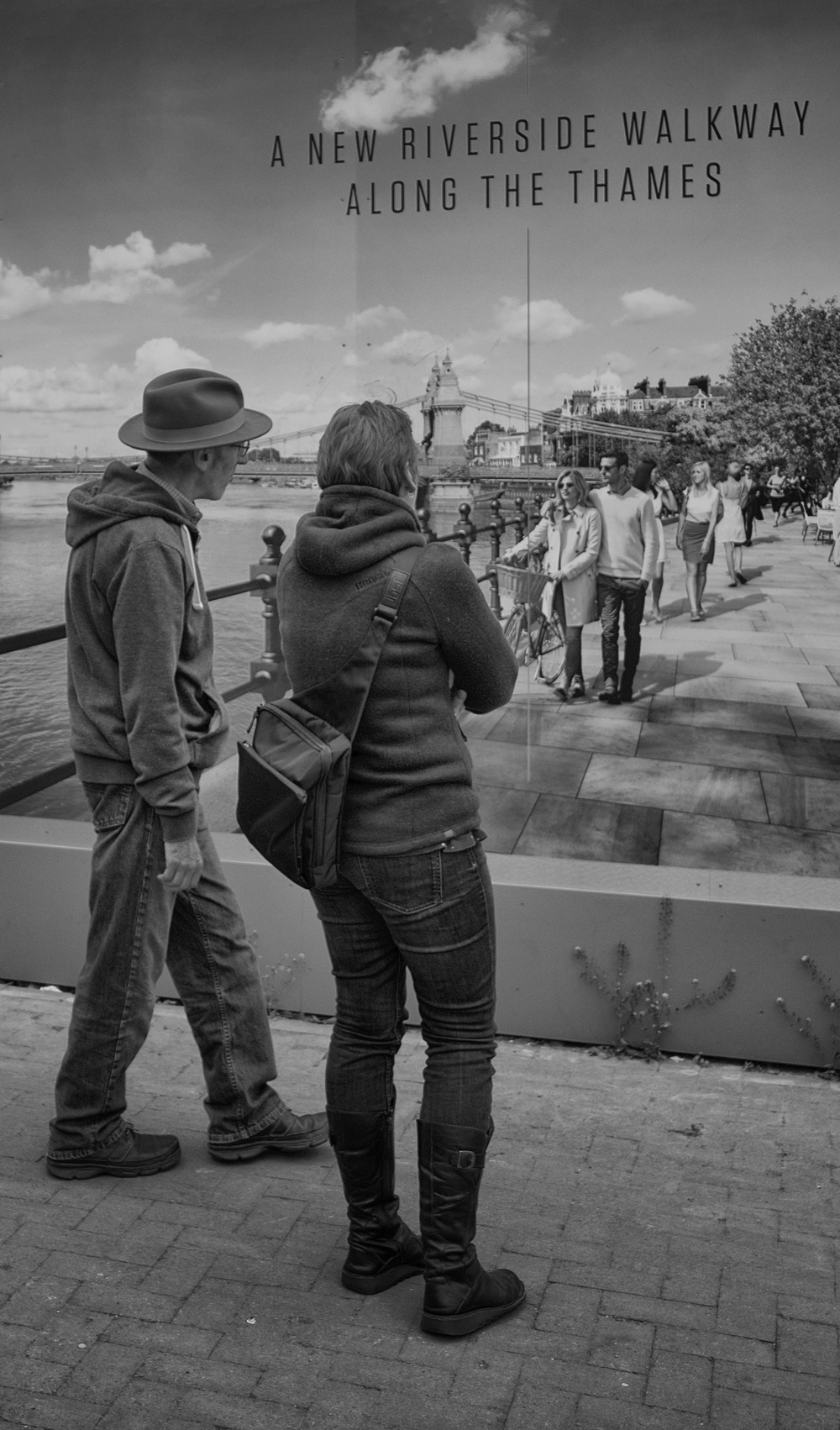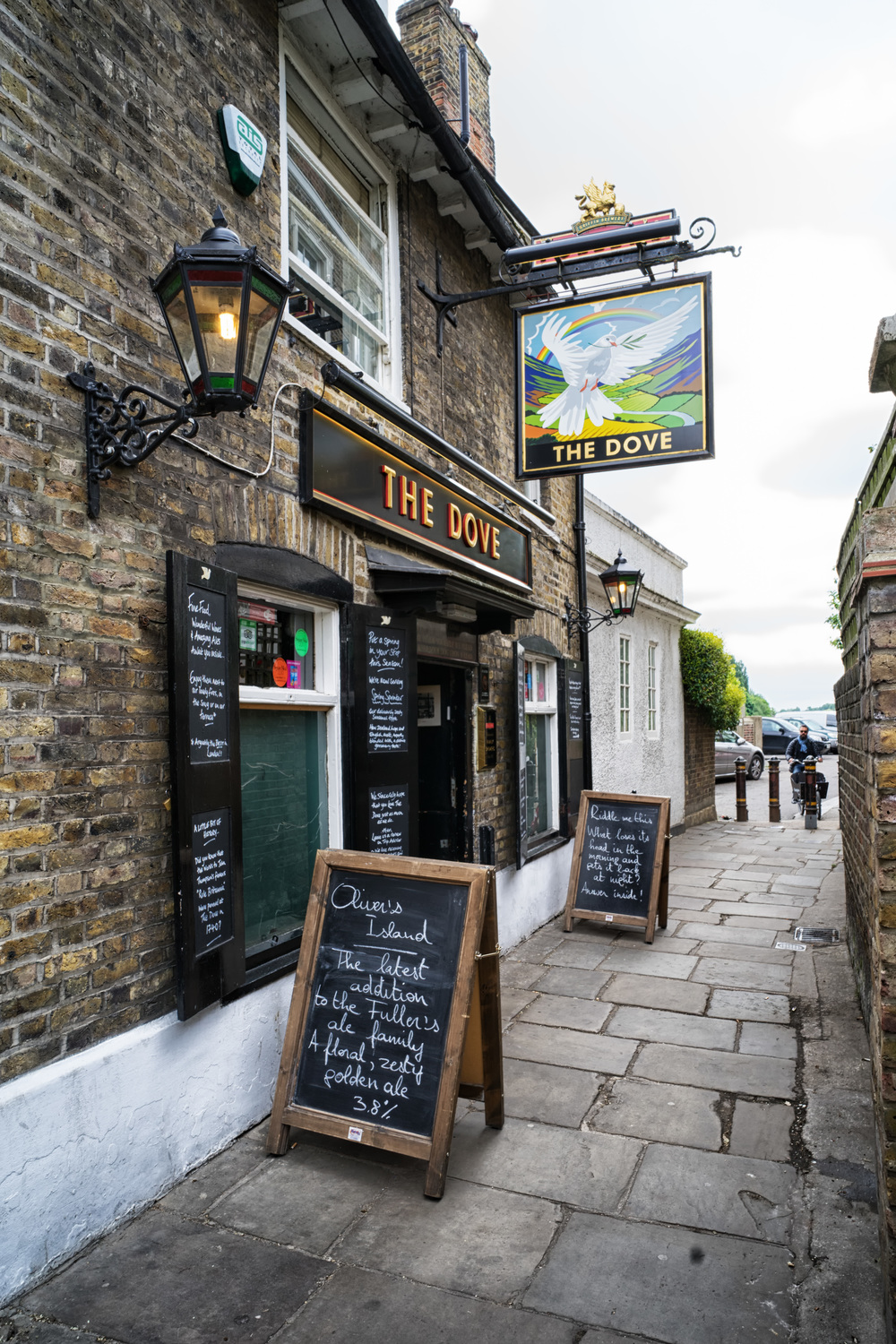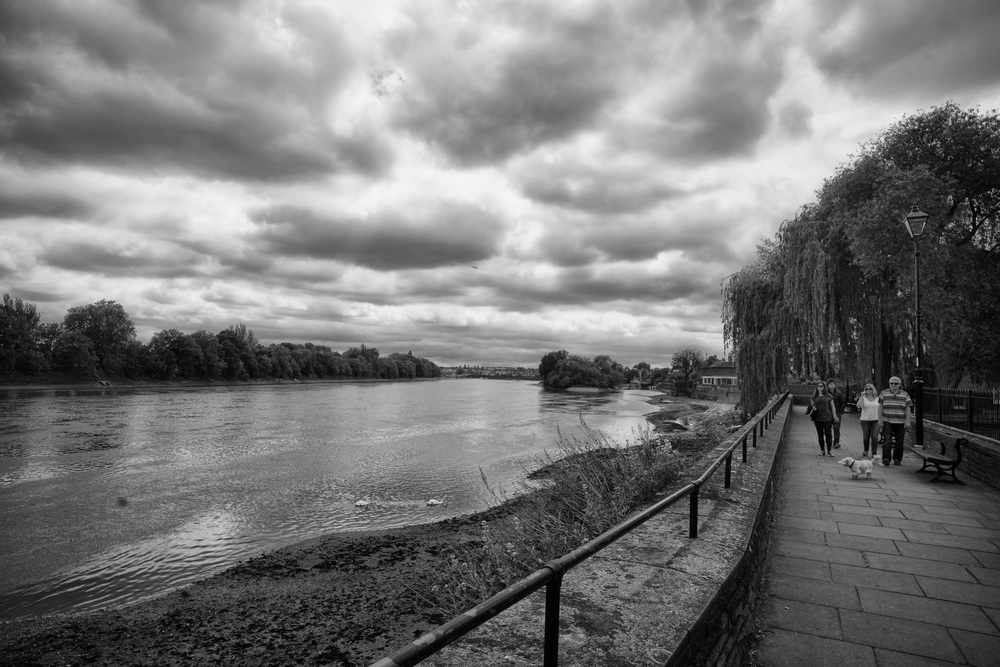
Think wide angle and think about cramming as much landscape as possible into one frame. Yet an ultra-wide-angle lens is not a substitute for a panoramic shot. You get the most out of your lens by getting in close and taking advantage of the opportunities that are absent with the more popular 35mm or 50mm street photography focal lengths. Today I was out and about with the Sony A7II and 24-70 zoom. Although not highly acclaimed, this Zeiss lens is Sony’s flagship FE zoom and my initial impression is that it is an excellent performer. The ability to widen-up to 24mm is highly useful and I would take a 24-70 over a 28-85mm any day of the week. However, this is a discussion for another day. If you want to see examples of the Zeiss in action see this and this.
Later in the day I switched to Leica’s highly-acclaimed 21mm f/3.4 Super-Elmar, again mounted on the versatile Sony A7II via a Novoflex adapter, and loaned by Red Dot Cameras. This is a prodigious, modern Leica lens and it has given me a renewed taste for wide-angle photography. These examples demonstrate the abilities of this lens, not least of which is the opportunity to step in close and grab a scene that would be difficult with a narrower field of view.
Focus? What focus?
An ultra-wide lens such as the Super-Elmar has other hidden benefits for street photography. Focus? What focus? Set to f/11 and a hyperfocal distance of 1.5 metres, this is a lens that captures everything from 75cm through to infinity. Just set the zone focus and snap away. It is faster than autofocus because it is no-focus, just like a 1930s Box Brownie. Yet, as you see, the results do not fail to impress.
In the shot below I managed to get in the whole of the ancient Dove public house from within the narrow (about 1.5m wide) lane. Before, with a 50mm or, even, a 35mm prime, I have had to content myself with a much shallower angle of view. I could have got in even closer, perhaps a full frontal of the ground floor, but I wanted to demonstrate the narrowness of the situation.

Until recently I would have argued that the exclusive focal lengths for street photography are 35mm (generally considered to be the focal length) and my own favourite 50mm. This is still true to an extent. But there are occasions when it is great fun to choose 28, 24 or even 21mm for a more intimate acquaintance with the subject. Conversely, I can play well with 90mm when the fancy takes me. But with a 21mm lens such as the Super-Elmar you can capture subjects that are almost by your side. In the example below, the camera was pointing directly at the buildings in the far distance, between the trees. Yet the subjects on the far right are all present and correct, all in focus, as is the horizon. That is what comes of f/11 and 1.5 metres on the scale of the Super-Elmar.

